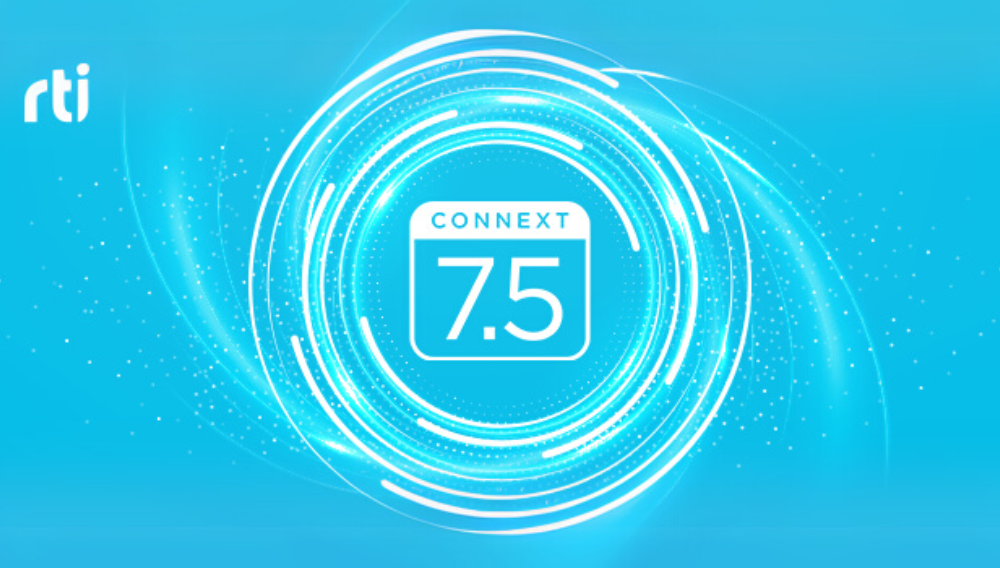
4 min read
Cybersecurity in MedTech: The Shift From Reactive to Proactive
In today’s online world, cyber attacks are increasingly pervasive and disruptive to healthcare operations and patient care. And as MedTech devices...
Read more ⇢RTI is the world’s largest DDS supplier and Connext is the most trusted software framework for critical systems.
|
From downloads to Hello World, we've got you covered. Find all of the tutorials, documentation, peer conversations and inspiration you need to get started using Connext today.
RTI provides a broad range of technical and high-level resources designed to assist in understanding industry applications, the RTI Connext product line and its underlying data-centric technology.
The monthly RTI Newsletter lets you in on what’s happening across all the industries that matter to RTI customers.
RTI is the software framework company for physical AI systems. RTI Connext delivers the reliability, security and performance essential for highly distributed autonomous and physical AI systems.
Your Systems. Working as One.

4 min read
In today’s online world, cyber attacks are increasingly pervasive and disruptive to healthcare operations and patient care. And as MedTech devices...
Read more ⇢
3 min read
Navigating the Shift from Gigantic Models to Collaborative Intelligence For years, the pursuit of Artificial Intelligence has revolved around a...

4 min read
Meet Our Expert Hi, I'm Will, a Senior Application Engineer on the Professional Services team at Real-Time Innovations (RTI). I've been in this role...

2 min read
Today, physical intelligence is transforming industries and redefining possibilities. What’s driving this transformation? Pioneering infrastructure...

4 min read
The U.S. Department of Defense has made one thing clear: we need to move faster – starting yesterday. Between Replicator, DIU-backed innovation, and...

3 min read
The automotive industry is undergoing a profound transformation, driven by increasing demands for automation, connectivity and personalized...

3 min read
Power users of ROS 2 are welcoming the new ROS 2 Kilted Kaiju release, which provides a more efficient, reliable and user-friendly experience through...

4 min read
I’ve been waiting a long time. And now it’s here. This week.

4 min read
In many major U.S. cities on the East and West coast, urban gridlock is a significant obstacle that slows commerce, negatively affects the...

2 min read
Mission-critical systems, such as autonomous vehicles and robotic-assisted surgery, cannot afford to fail. They must operate flawlessly under any...
Connext is the world's leading implementation of the Data Distribution Service (DDS) standard for Real-Time Systems. Try a fully-functional version of Connext for free.